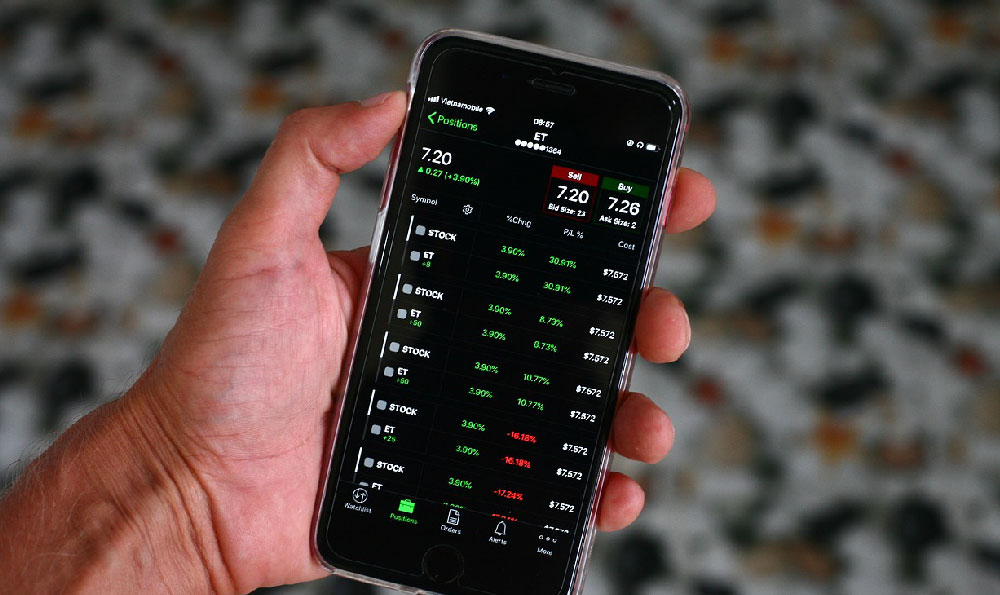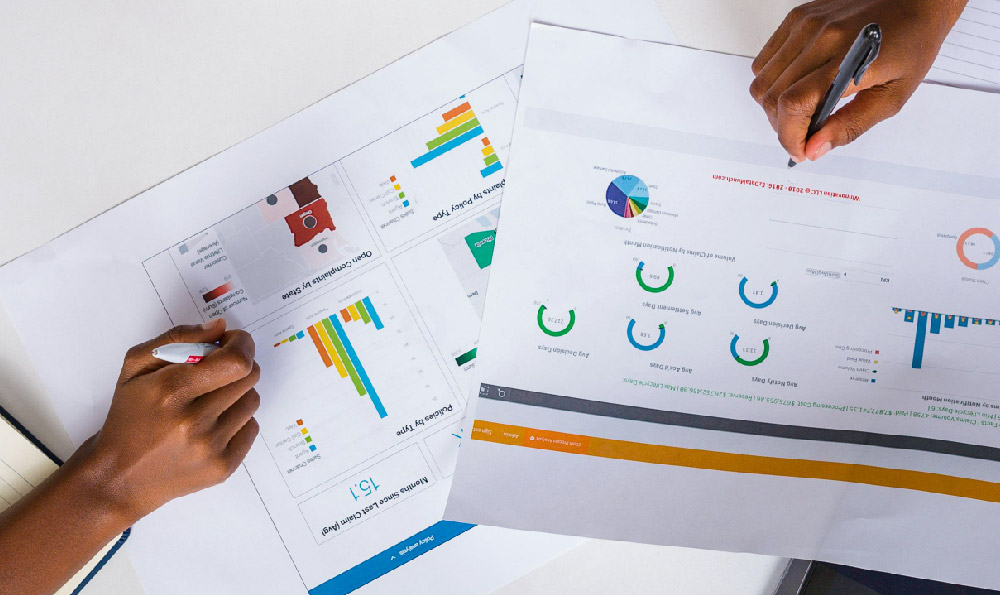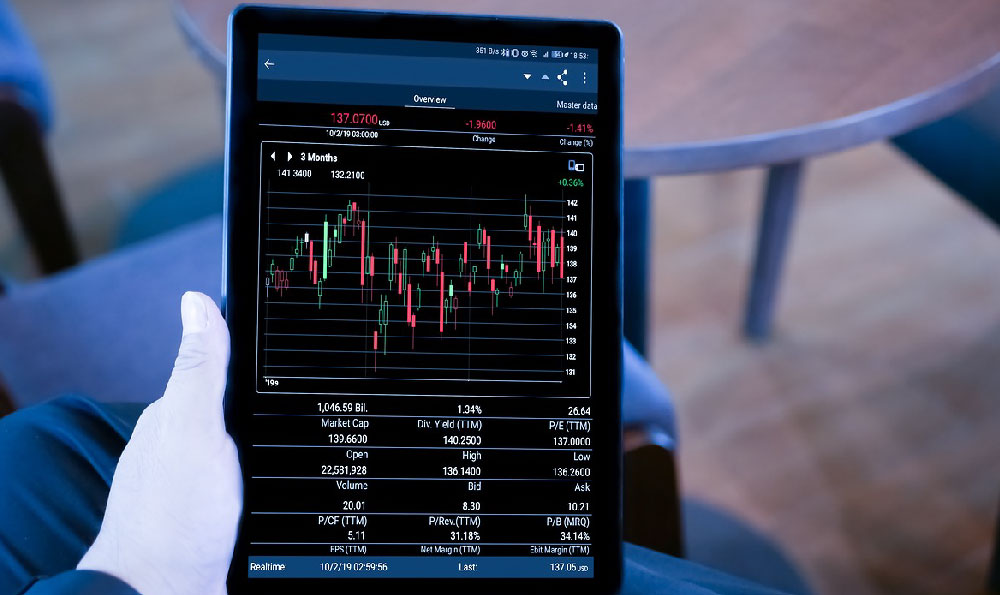Building an app and monetizing it requires a strategic approach that merges creativity with disciplined financial planning. At its core, this process is about identifying a market need, creating a solution that delivers value, and structuring a revenue model that aligns with both user behavior and business objectives. Unlike traditional investments, the path to app profitability is dynamic, demanding continuous adaptation and a deep understanding of how to balance cost structures, user acquisition, and revenue generation. The journey begins with thorough research, but it’s the financial acumen that determines whether the app not only survives but thrives in the competitive digital landscape. Consider the foundation of any successful app—its value proposition. Would-be entrepreneurs often overlook this, focusing instead on features or aesthetics. A compelling value proposition is not just about solving a problem, but about doing so in a way that justifies the user’s time and money, whether through convenience, entertainment, or efficiency. Once this is established, the next critical step involves assessing the financial feasibility of the project. This includes evaluating the costs of development, including salaries, tools, and infrastructure, as well as estimating the potential market size and user behavior. A key principle here is to align the app’s business model with its core functionality. For example, if the app is designed to streamline task management for professionals, a subscription model with tiered access could be more sustainable than relying on in-app purchases for individual features. Conversely, an app with a social media component might benefit from a freemium strategy, where basic features are free but premium content or tools require payment. The choice of monetization strategy hinges on the product’s lifecycle and the user’s willingness to pay. A common pitfall is underestimating the long-term costs associated with user acquisition, such as marketing and advertising. These expenses can quickly eat into profits if not managed carefully. Entrepreneurs should consider integrating a diversified revenue approach to mitigate risks. This might involve combining subscription fees with targeted advertising or affiliate marketing, ensuring multiple streams of income even if one underperforms. Additionally, the financial health of the app must be monitored through metrics like lifetime value (LTV) of users, cost per acquisition (CPA), and retention rates. These indicators provide insight into whether the app is generating enough value to justify its costs. Beyond the initial launch, monetization is an ongoing process. The app’s ability to evolve and meet changing user needs is crucial to maintaining profitability. This might involve introducing new features that address emerging market trends, or optimizing existing ones to increase user engagement. Financial investment is also a key component of this journey. Entrepreneurs often hesitate to allocate capital to app development, but a strategic investment can unlock opportunities for growth and innovation. This includes investing in quality development teams, robust infrastructure, and data analytics tools, which are essential for refining the app and maximizing its potential. However, investment decisions must be made with care, considering the return on investment (ROI) and the risk of market saturation. A comprehensive financial plan should outline not only the costs of development but also the projected revenue streams and break-even point. This helps ensure that the app is scalable and can withstand market fluctuations. Another important aspect is understanding the monetary incentives for users. For instance, a social app might offer incentives like free premium features for referring friends, while an e-commerce app could provide discounts or special offers for first-time users. These strategies not only attract users but also encourage long-term engagement. However, balancing user incentives with profitability requires careful calibration. If the app offers too many free features, it might undermine the value of its subscription or paid model. Conversely, if the app is overly restrictive, it could deter users from adopting it in the first place. The key is to find a middle ground that keeps users motivated while maintaining a viable revenue structure. Monetization strategies also need to be tested and refined through feedback loops. A/B testing different pricing models, or experimenting with in-app ads versus a subscription model, can provide data-driven insights into what resonates with the target audience. This process of iteration is essential for optimizing revenue and ensuring the app remains competitive. Additionally, the financial performance of the app should be regularly reviewed and adjusted. For example, if a particular feature is underperforming, the app might need to pivot its monetization strategy or reallocate resources to more profitable areas. In the broader context, building and monetizing an app is not just a technical challenge but a financial one. It requires a deep understanding of how to allocate resources, manage risks, and scale operations. For instance, deciding whether to invest in a larger development team upfront or to grow incrementally as the app gains traction involves evaluating the trade-offs between speed and cost. Similarly, the decision to expand into new markets or platforms should be based on a thorough financial analysis of potential costs and revenue. In conclusion, the process of building and monetizing an app is a multifaceted endeavor that demands both creativity and analytical skills. It’s not sufficient to create a functional app; the ability to generate sustainable revenue while managing financial risks is equally crucial. By aligning the app’s financial structure with its value proposition, diversifying revenue streams, and continuously refining the product based on user feedback and financial metrics, entrepreneurs can create a thriving business that delivers long-term value. This approach ensures that the app not only meets the needs of its users but also remains profitable and scalable in an ever-changing market. Ultimately, the key to success lies in balancing innovation with fiscal responsibility, allowing the app to grow and evolve without compromising its financial stability.













